I love playing open world games, it is one of my all-time favorite genres. The sense of freedom and immersion a good open world game provides cannot be compared to many other games.
Sadly, the majority of the open world games lack the features I love most about the genre.
Why very few developers implement them nowadays is beyond me and I find it a missed opportunity. Which game mechanics am I talking about? Well, there are at least 7 game mechanics I want in every open world game. Let’s talk about them below.
1. Territory Wars

One of the best parts of open world games is the sheer magnitude of the world. Open World games have different cultures, kingdoms, cities, and areas, which is a common theme that most developers add. However, not many games try to capture the chaos of the multiple elements that can be done with randomly occurring territory wars. When implemented correctly, it can make the world feel alive and not centric to the players.
What do I mean by Territory Wars?
Let’s say two factions in the game are at war, and the player has to play the story from one faction (good) and defeat the other faction (bad) to win the game. But what can make it very interesting is when the map gets divided into marked borders of the factions, and the sides constantly fight to take over the area, through mini-combat events. Even if the player doesn’t participate, the NPCs can continue fighting over the area, with victory decided randomly or based on the faction’s strength.

I first liked this feature in Grand Theft Auto San Andreas, where, after a time, players can fight to take over territories of other gangs and also decide to defend the territory they want. Another game I enjoyed with Territory Wars was Assassin’s Creed Odyssey, which is one of my favorite Assassin’s Creed games. Other than that, games like Mount and Blade Bannerlord, or its predecessor Warband, have perfected this feature, making the world feel much more alive and immersive.
2. Randomly Created Dungeons with Difficulty Scaling

Only a few open world games have random dungeons that I find a big missed opportunity. Random Dungeons are the staple end-game content for most ARPGs, and other open world games barely ever try to implement it.
Most open world games have pre-defined content, which is a good thing, but having a random touch of chaos can do wonders for a player’s experience and increase the maximum play time by 2 to 3 times.
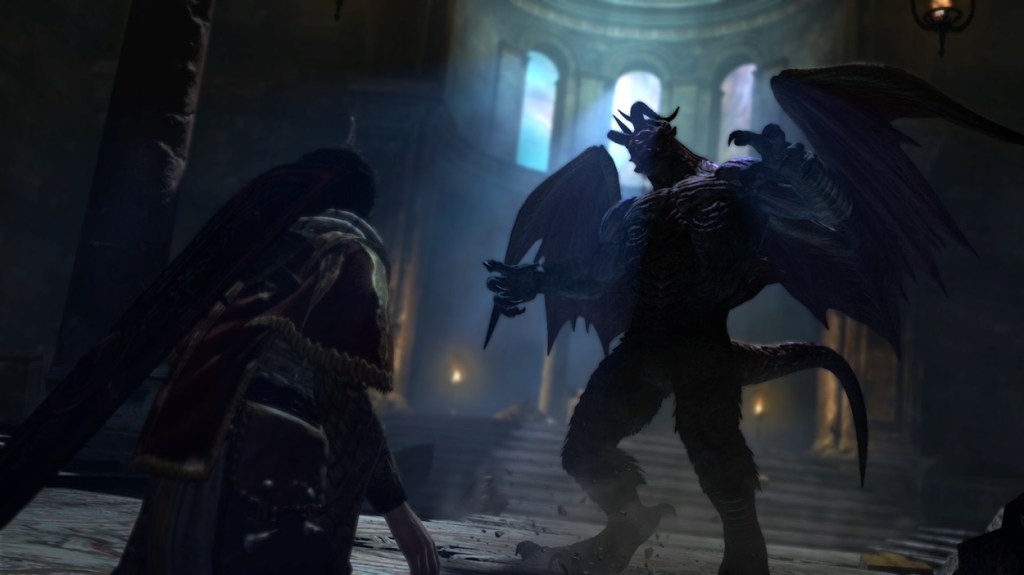
Random Dungeons is one of the staple game mechanics of Dragon’s Dogma, the Everfall and Bitterblack Isle in particular, and they exist in the latest Dragon’s Dogma 2 (not to the extent of the predecessor). Most of the dungeons in Dragon’s Dogma had respawning enemies with a touch of random loot. However, as the players progress to the end game, more and more random dungeon encounters become normal.
Bitterblack Isle (the DLC area) is my favorite part of Dragon’s Dogma, where I have spent at least 100 hours doing multiple runs for a specific loot. Palworld also implemented random dungeons with mini-bosses, and I really liked exploring them.
3. Roaming Optional World Bosses

Nothing gets my blood pumping than seeing a 9-foot-tall elite enemy or mini-boss just roaming around in the open world, pouncing on the player whenever they are close to its territory. In most open world games, these are called World Bosses. In Elden Ring, these are called new player smashers.
Playing Elden Ring for the first time was the best gaming experience I ever had in my 15 years as a gamer. A big part of the experience was randomly encountering these massive enemies, mini-bosses, or world bosses, in the open world and fighting them. Visual indicators in open world Games are key for good immersion, and nothing can be a better visual indicator than a massive armored enemy wielding a hammer and shield, and riding a horse in the middle of nowhere.
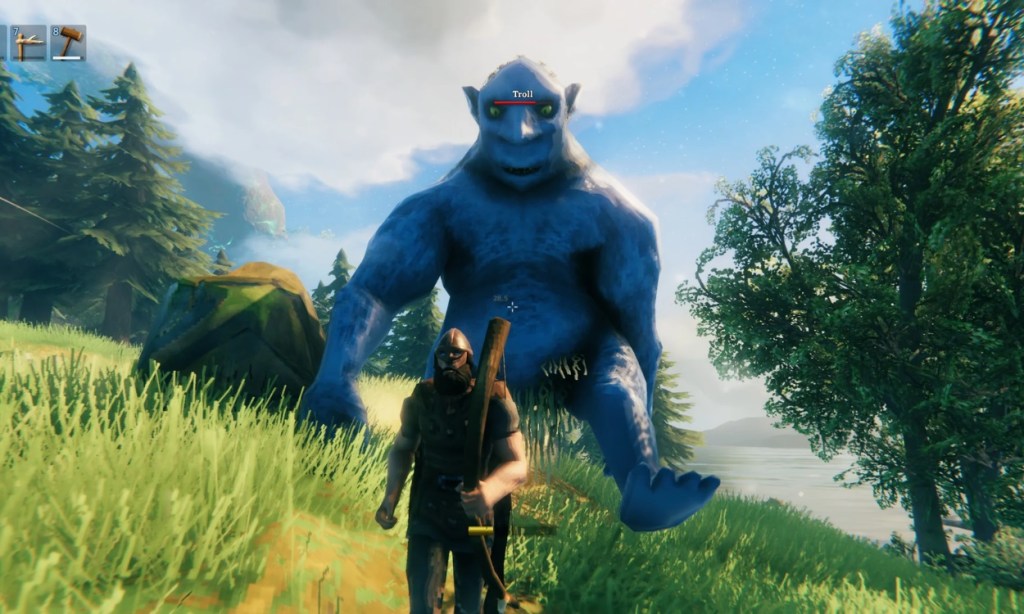
Many open world Games do implement hidden bosses, but having an active boss roaming around in an open area is much more immersive than finding a hidden boss in some distant cave at the corner of the map. Both are important, but one is much more immersive for an open world game.
4. Massive Visual Indicators in Open World
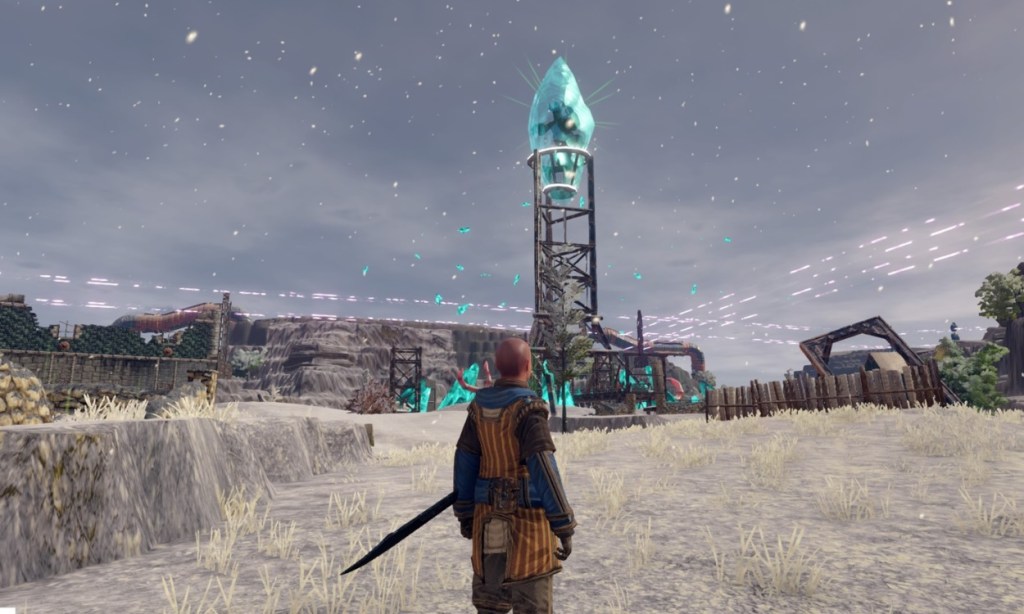
Visual Indicators play a big role in open world games. As mentioned above, seeing a massive enemy roaming around in the open creates a sense of wonder. Similarly, being able to see massive Point of Interest areas from every part of the map is a good way to draw attention to the important sections of the game.
Elden Ring, I love this game with all my heart, does it beautifully with the massive Erdtree being visible from almost all corners of the map. From the get-go, players can see this massive glowing tree and know that they must get to it.

Why do they need to go to it? Because it’s a massive glowing tree, and there is bound to be something cool near it.
Even if there was nothing at the base of the Erdtree, it would still make players curious enough to go check it. Good game developers use these elements to funnel players to the important locations they need to be. Skyrim is another great example of a place where players can see big visual indicators of where they can actually travel.
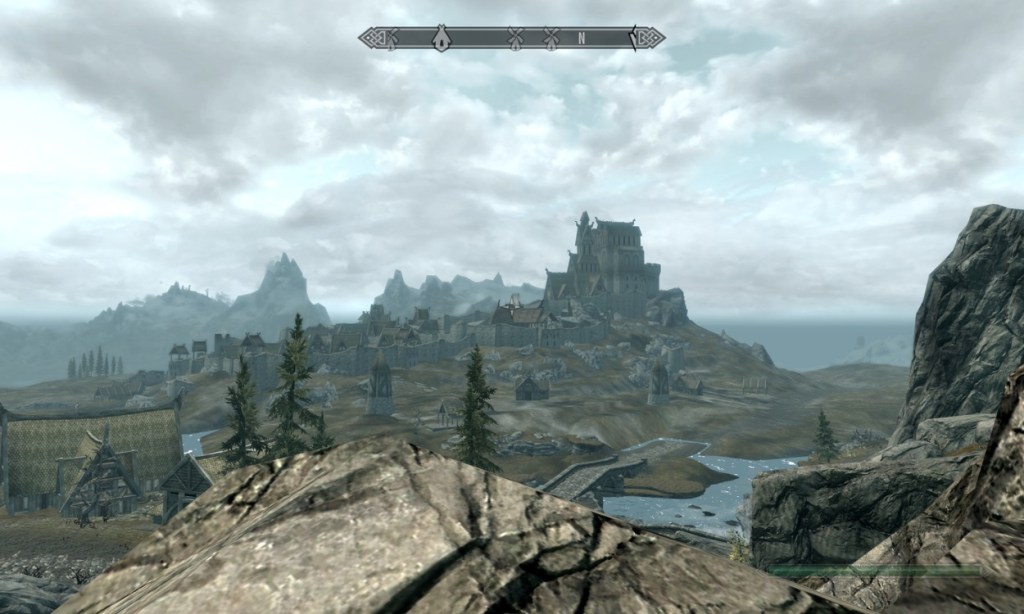
See that giant mountain? You can actually climb it. Maybe a dragon resides at the top. Who knows?
Many games have implemented these beautifully. A few that pop into my mind are Outward, Horizon Zero Dawn (and Forbidden West), World of Warcraft, Skyrim, and Elden Ring.
5. Ability To Kill/Fight NPCs

Speaking of Elden Ring, how many of you swung your sword at Varre for calling you a Maidenless?
I definitely did and continued doing it on my other playthroughs, only letting him live the one run I wanted to finish his quest. The ability to hit NPCs you dislike, or when they are rude to you, with consequences, is one of the most fun elements of open world games.
Why allow a player to kill a vital NPC that can ruin their game and quest progression?
Well, why not?
There is nothing funnier than killing an NPC in the open world and later finding out that they could have rewarded an extremely rare item that could triple your damage output.
But they were rude, so…stop judging my actions!
Now, killing or fighting an NPC can also have other in-game consequences. It can make other NPCs hostile against the player, or it can make you a criminal making the game’s NPC guards try to capture you and put you into jail.
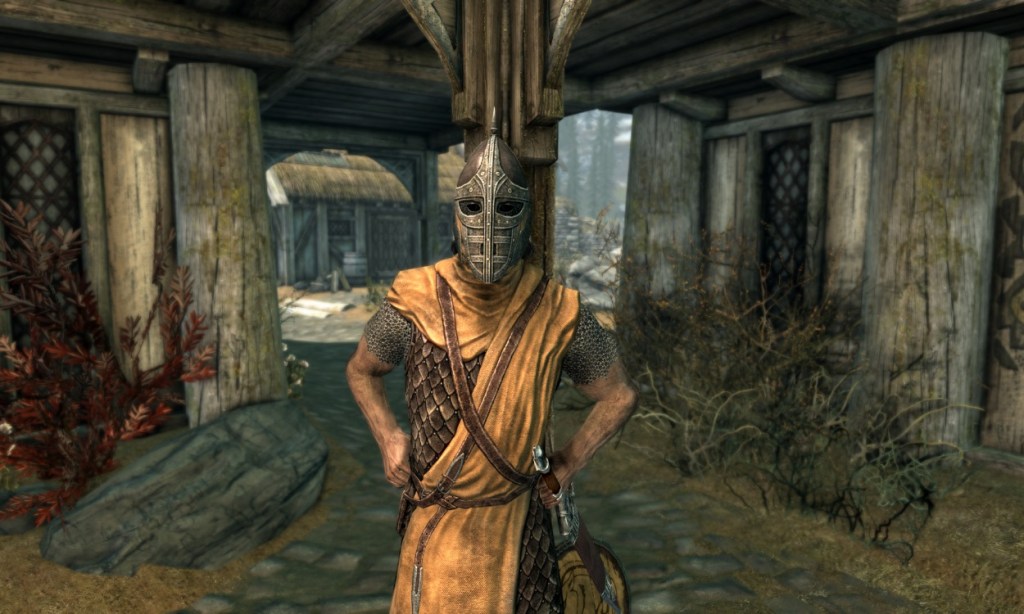
Skyrim, one of my favorite open world RPGs of all time, had the latter feature and it was such a fun mechanic, especially as it allowed players with High Speech to just talk their way out of the encounter.
Saying, “I am the Jarl’s Thane. I demand you let me go at once,” or “I am the Dragonborn” to get out of jail after trying to massacre the entire city will always be hilarious. I promise I am not a maniac in real life, just in games (*wink*).
6. Multiple Quest Outcomes

Open world games should be immersive and make the players invested in the story and quests they are completing. Multiple quest outcomes is a game mechanic that when done correctly can heighten the story experience of any game, not just open world games. However, I consider this mechanic as one of the staple features of a good open world game and a must-have in all games, at least to a certain degree.
Failing to complete a quest should be equally interesting as completing it. Being able to fail the quest makes it more rewarding to finish it successfully. Baldur’s Gate 3 did the best out of any open world game I have played, and it was an absolute pleasure playing through it.
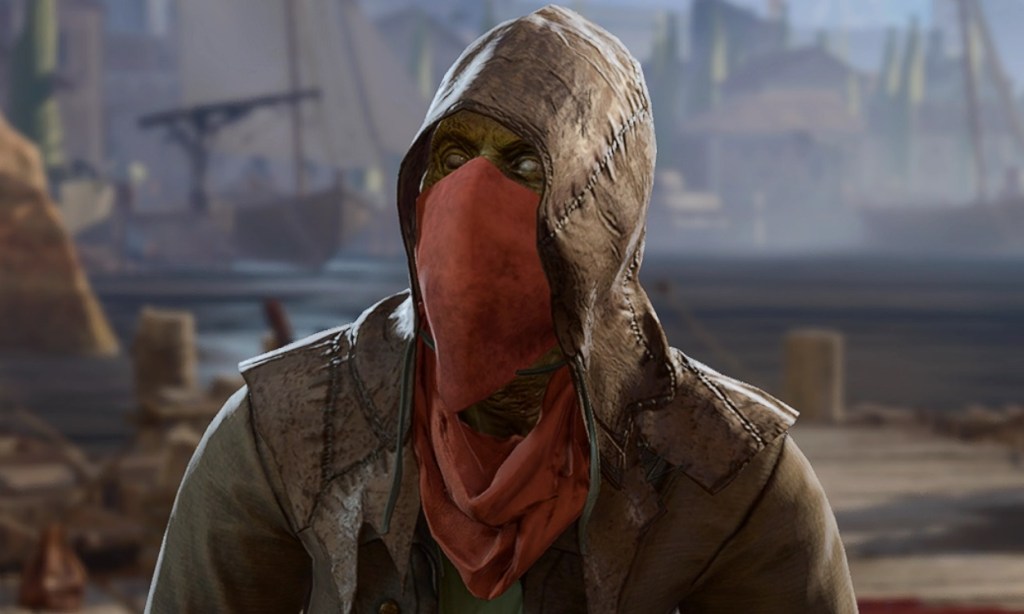
The sheer number of playstyle options we get for a quest in Baldur’s Gate 3 is unprecedented. It felt like the devs knew almost every interaction a player would want to have with the NPC and included them in the game.
Creating multiple threaded storylines in an open-world game is a lot of work and very expensive, but it is also an absolute necessity if you want players to continue talking about your game (and playing) 20 years after its release.
7. Traversal Skills: The More the Better

Exploration is a key part of open world games, and good traversal skills only heighten the player experience. Open world games are starting to have bigger and bigger maps, making it more tiresome to travel around. This is why Traversal Skills are an integral part of successful open world games. Being able to travel from one destination to another quickly in-game, without the need to Fast Travel, is very immersive and allows players to appreciate the world design.

Traversal Skills also heighten the combat experience. Skills like Double-Jump, Wall Running, or Grappling Hooks can be easily tied into combat with Plunge or Running attacks. I also consider mounts in Traversal Skills, although many might disagree with me on that one, and mounted combat is always fun when done right.
So these were the game mechanics I wish open world games had. Have more additions to the list? Drop them in the comments below!


















